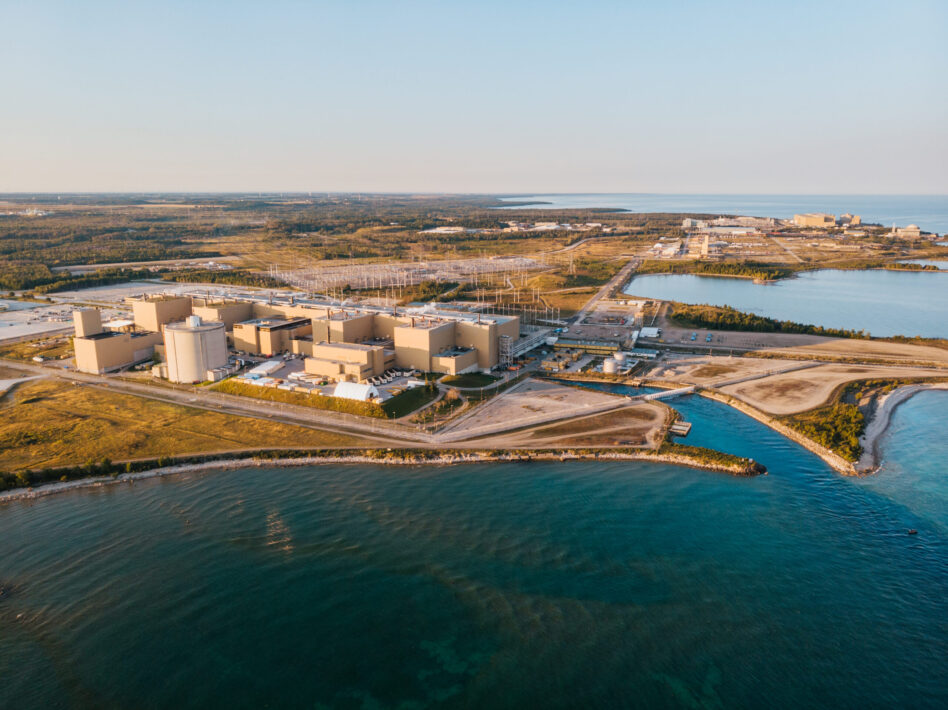Ontario is poised to become a powerhouse for nuclear energy production as Canada seeks to curb surging electricity demand with clean energy.
Canada has higher per capita energy consumption than the US and expects demand to double by 2050, according to Canada Energy Regulator, driven by factors such as population growth and the EV transition. Meanwhile, the federal government is in the midst of developing regulations to build a net-zero-carbon power grid by 2035 and achieve overall net-zero emissions by 2050.
Nuclear power, which provides about 14% of Canada’s energy, is expected to play a key role.
Not so fast: No new nuclear projects have been approved in Canada since the introduction of the Impact Assessment Act (IAA) in 2019, a regulatory framework for assessing the environmental impact of major infrastructure projects.
- NexGen Energy, based in Saskatchewan, has waited seven years for approval to build what could become the world’s largest uranium mine.
The federal government is seeking to change that. It plans to revise the IAA this spring with a focus on expediting approvals for nuclear projects.
In step with this move, Ontario, where nuclear provides 50% of the province’s electricity, hopes to relive the glory days of the late 20th century, when it built 20 nuclear reactors to replace expensive US coal imports.
Bruce Almighty: The federal government recently announced it will contribute up to $50M CAD ($37.1M) to Ontario-based Bruce Power for pre-development work on adding reactors to its existing plant. This expansion could make it the world’s largest nuclear power station. That’s not all:
- The province announced plans last year to add three small modular reactors to its Darlington power plant, for a total of four. Those, plus Bruce, could together power 6 million homes.
- In January, the Ontario government also shared its plan to refurbish its Pickering site, Canada’s oldest operating nuclear plant, to extend production for at least 30 years.
Green light: Last week, Canada and Ontario sold $5.5B CAD ($4.1B) of combined securities geared at financing nuclear projects. It’s the first-ever sovereign green bond to include nuclear—an important investor signal in support of nuclear power.




